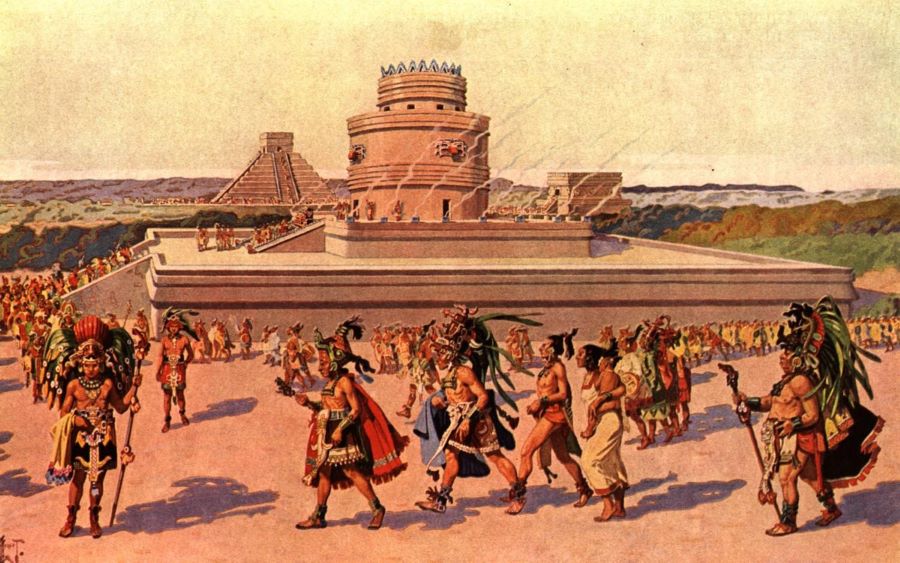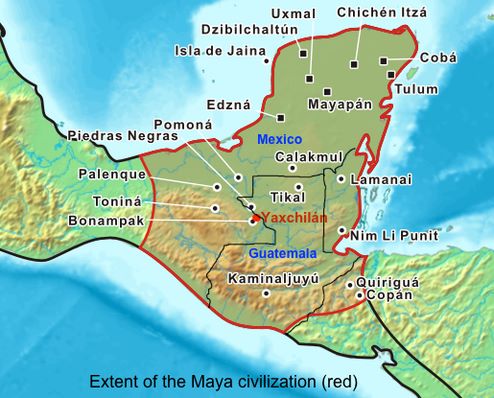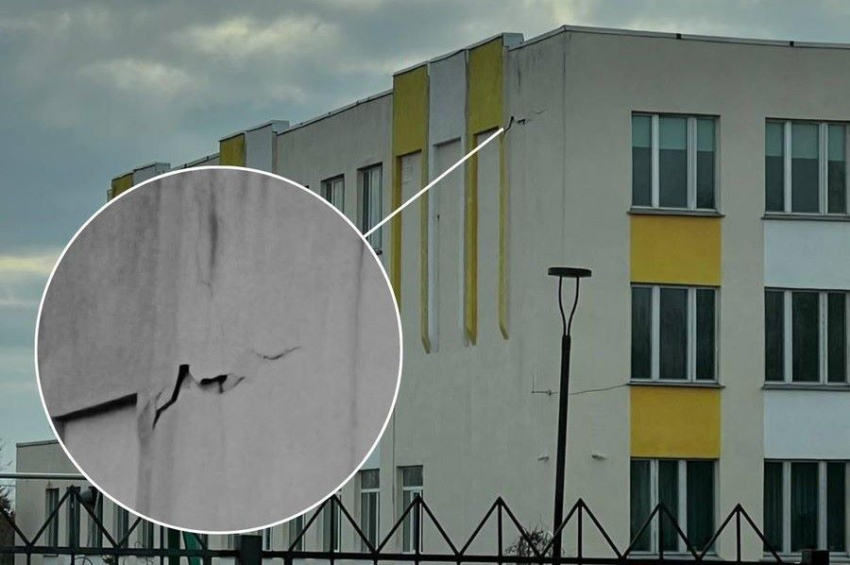Archaeologists discover ancient Maya city in Mexican jungle
The ruins of a previously unknown city of the Maya culture were found in late June 2023 by a team of archeologists deep inside the Yucatan Peninsula jungle in southern Mexico thanks to satellite imagery and other modern technology.
Named Ocomtún, which means “stone column”, the city had never been documented before in Amerindian or European records since Spanish conquistadors first emerged in the New World.
Located 60 kilometers inside the jungle of the Balamku ecological reserve, the state of Campeche, Ocomtún is an expansive site featuring plazas, large pyramid-style structures, stone columns, and other buildings arranged in concentric patterns on an area of 50 hectares, says a statement from the National Institute of Anthropology and History (INAH).

A scene depicting life in a Maya city. Credit: Wikipedia
The Late Classic city fell into ruins around the year 1000 CE, when the region was still inhabited by Maya tribes but the Maya civilization overall experienced one of its many declines.
Over time, people withdraw from the region and much of the city and the paths have been swallowed by forests.
These tropical forests are vast, covering approximately 3,000 square kilometers of uninhabited jungle. However, little is known about these areas due to their dense foliage.
Before conducting field work, the archaeologists employed LIDAR scans to survey the area. This technology uses laser beams to detect hidden buildings concealed by dense vegetation. The team was particularly surprised to find the city situated on a peninsula of elevated ground, surrounded by extensive wetlands. Ocomtún's monumental core spans more than 50 hectares and contains several pyramidal structures, some towering over 15 meters high.
More to read:
New clues why Neanderthals lost to modern humans
It is believed that the stone columns may have served as entrances to upper rooms. The site also includes a ball court, likely used for recreational and religious purposes. The archeologists also found plenty of pottery items and other ancient artefacts on the spot.
The Maya people were once the dominant civilization across Mesoamerica, encompassing Central America and the southern regions of North America, and was able to survive for 1500 years.

A map of the Mayan civilization. Credit: Wikipedia
Renowned for their advancements in architecture, culture, mathematics, and calendar systems, the Maya experienced a significant collapse in the 9th century CE, attributed to factors such as civil war, drought, and other environmental challenges.
They were overwhelmed by the Aztecs during the 14th century, but it wasn't until the 17th century that the last Maya city succumbed to Spanish invaders. Mayan blood is present nowadays in the populations of Mexico, Guatemala, Belize, Honduras, and El Salvador.







